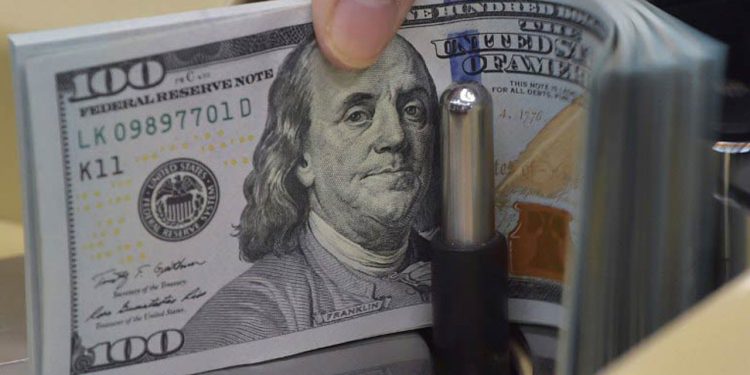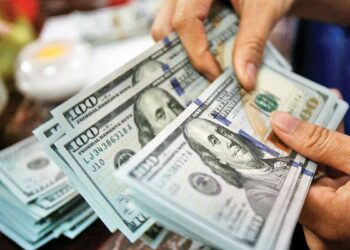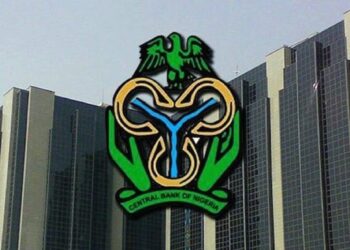The Nigerian naira has dropped to N1,740 per dollar in the parallel market, a decline from the rate of N1,725 recorded the previous day. This depreciation comes amid increasing activity in the Nigerian Autonomous Foreign Exchange Market (NAFEM).
In NAFEM, the naira also weakened, trading at an average rate of N1,678.87 per dollar, a drop from Thursday’s rate of N1,639.50. This reflects a depreciation of N49.37, further highlighting the currency’s challenges in both official and unofficial markets.
According to data from the Financial Markets Dealers Quotations (FMDQ) platform, dollar turnover in NAFEM saw a significant surge, reaching $1.4 billion in a single day—an impressive 473% increase from Thursday’s $244.96 million. This marked the highest trading volume observed in the market in recent years, suggesting heightened demand for the dollar within Nigeria’s official trading environment.
The increased turnover has led to a reduced spread between the parallel market rate and NAFEM’s official rate. On Thursday, this gap was N85.50 per dollar, but it has since narrowed to N61.13, indicating a convergence between the two rates. However, the naira’s continued depreciation across markets underscores ongoing pressures on Nigeria’s foreign exchange system.
The current trajectory raises concerns about the factors driving both the increased dollar demand and the naira’s depreciation, which include limited dollar supply and potential speculation in the currency markets. The Central Bank of Nigeria (CBN) may face mounting pressure to intervene, as the spread between the official and parallel market rates remains substantial.
Analysts note that while the increased turnover in NAFEM reflects active trading, the depreciation indicates that Nigeria’s foreign exchange challenges remain, with potential implications for inflation and economic stability.










